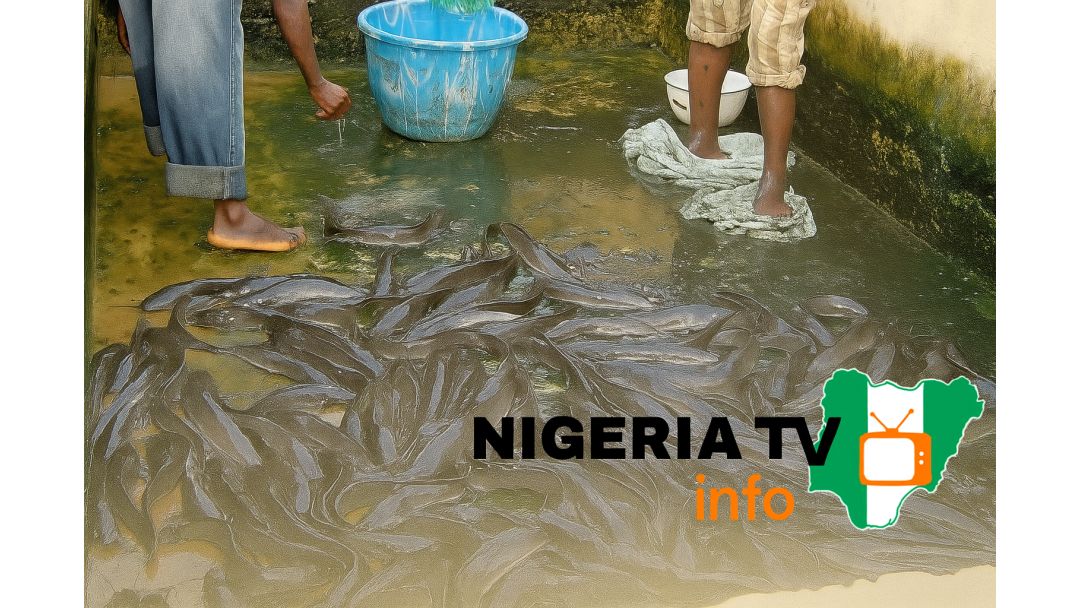Catfish farming is a booming sector in Nigeria, offering vast opportunities for entrepreneurs to build profitable businesses. However, as the industry becomes more competitive, it is crucial to identify niche areas that offer a strategic advantage and long-term profitability.
This article explores three high-potential niches in catfish farming: Fish Hatchery and Fingerling Production, Catfish Feed Production, and Catfish Processing and Value Addition.
1. Fish Hatchery and Fingerling Production
For those interested in the breeding aspect of catfish farming, establishing a hatchery and fingerling production business is a lucrative niche to explore.
This involves breeding catfish and hatching their eggs to produce fingerlings—young fish that are ideal for stocking grow-out ponds or selling to other farmers and hatcheries.
Benefits:
High Demand: With the rapid expansion of catfish farms across Nigeria, there is a consistent need for healthy, high-quality fingerlings.
Sustainability: Specializing in fingerling production ensures a steady revenue stream and plays a critical role in the sustainability of the catfish farming value chain.
Requirements:
Hatchery Facility: A controlled environment with proper temperature, water quality, and aeration systems to support successful incubation and fry development.
Rearing Tanks or Ponds: Depending on the scale, you can use tanks or earthen ponds to raise the fingerlings.
Breeding Equipment: Essential tools include spawning nets, incubators, and devices for managing egg fertilization and hatching.
Water Management System: Pumps, filters, and aerators are vital for maintaining water quality and ensuring the health of the young fish.
2. Catfish Feed Production
Producing catfish feed is another profitable and strategic niche. Quality feed is essential for the healthy growth of catfish, and many farmers prefer affordable, locally produced options over expensive imports. Starting a feed production business not only meets this demand but also offers cost-effective solutions for local farmers.
Benefits:
Expanding Market: As catfish farming grows, so does the demand for reliable, nutritious feed.
Local Ingredient Advantage: Using locally available raw materials reduces costs and allows you to tailor feed formulas to meet specific nutritional needs.
Requirements:
Raw Materials: Common ingredients include maize, soybean meal, groundnut cake, wheat bran, and blood meal.
Feed Mill Equipment: A grinder and mixer are essential for processing raw materials into fine, evenly mixed feed.


Comments